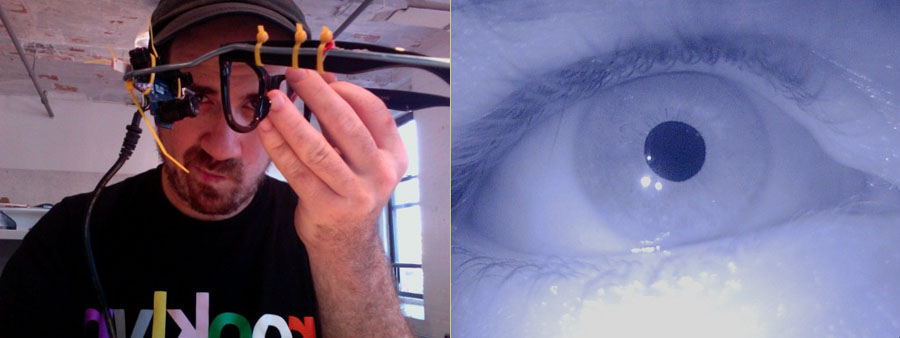Eyeo 2015 – Meejin Yoon from Eyeo Festival // INSTINT on Vimeo.
J. Meejin Yoon is a Korean-American architect and designer who is both a professor and head of the Department of Architecture at the Massachusetts Institute of Technology. With a specialty in designing for public spaces and utilizing emerging technologies in ways to encourage and facilitate interaction as well as crafting a specific user experience. Yoon received a Bachelor of Architecture from Cornell University in 1995, her Masters of Architecture in Urban Design with Distinction from Harvard University in 1997, as well as a Fulbright Fellowship to Korea in 1998.
What I love about Yoon’s work is that the technology she utilizes and integrates into her work is not simply a novelty, but is meant to be there and enhances the overall piece. Sometimes it’s more upfront as seen in Double Horizon at the Mexico-US border, which logs the movement of cars through various security checkpoints as ripples of light. Other times it’s subtle, such as in the Sean Collier Memorial at MIT, where there is no visible technology, but the amount of computational precision it took to create that structure with little to no support is staggering.


Sean Collier Memorial at MIT in Boston, MA (Top), and “Double Horizon” at San Ysidro Land Port of Entry near San Diego, CA (Bottom)
During her presentation, Yoon speaks frankly about her work and often mentions when her installations don’t go as planned with a smile, and recognizes that once her work is out in the public sphere, it now belongs to the public, and seeing how people interact with her work is a driving force for her. A lot of her work is very open-ended for people to approach and make the space their own, which is something I’m really interested in incorporating into my own work. It’s really interesting to see how people respond to these public installations, where the user can be as much of a creator as the person who put the installation there, which I think can be a powerful tool in creating these kinds of open-ended spaces. Additionally, her honesty and highlighting the off-beat moments of her process in her presentation helped further convey that idea of playfulness and trust, something that I deeply respect and would like to integrate into my own presentations where I discuss my work as a learning process rather than a shiny final product.

Yoon’s “Swing Time,” an interactive installation where swings lit up according to acceleration and movement, provided a lot of opportunities for play. While not intended to hold more than two people per swing, people would pack into these anyway as the installation permitted this kind of open-ended interaction – it helped that there was a bar next door.
More of Meejin Yoon’s work can be found on the website of her architecture and design firm co-founded by Eric Höweler, Höweler + Yoon, with additional information on the MIT Department of Architecture website.
![[OLD FALL 2017] 15-104 • Introduction to Computing for Creative Practice](../../../../wp-content/uploads/2020/08/stop-banner.png)









